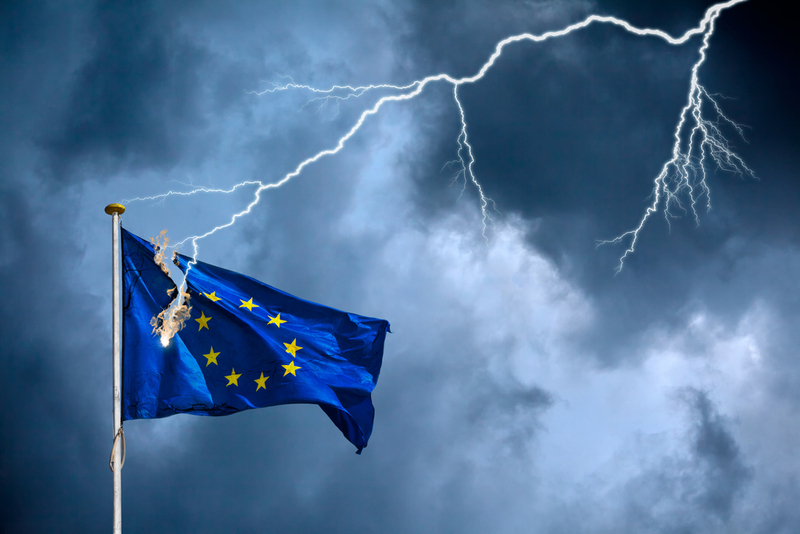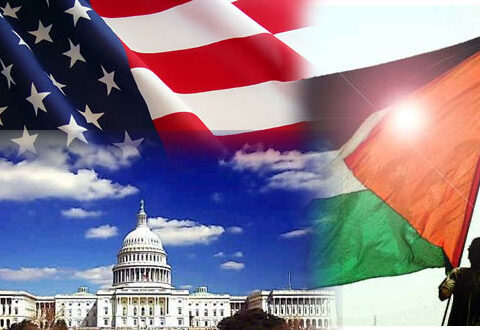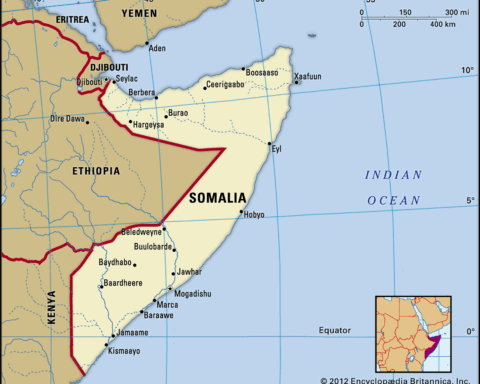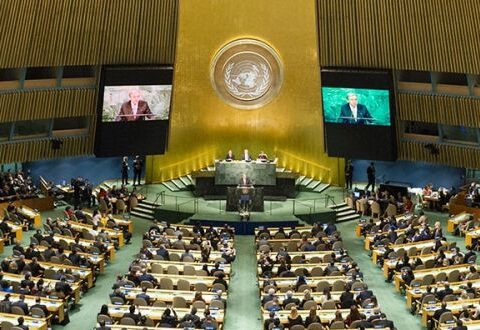Is the West on the brink of civil war?
A question that would have seemed absurd a decade ago, is becoming ever more prevalent. In recent weeks, there have been anti-migration demonstrations from Spain to Ireland to Poland. There is no indication that they will not become more common in the months ahead.
One person who has been sounding the alarm on this is not a populist firebrand or media demagogue but a professor of War Studies at King’s College London.
Professor David Betz, a strategist by trade, has done the ideological arithmetic: The chance for civil war or civil war-like conditions in western societies is now above 50 per cent and he calls this a conservative estimate.
I had Professor Betz on the Brussels Signal Podcast a few weeks back and the entire conversation is worth watching.
At first glance, these claims might seem alarmist. But Betz’s analysis is not speculation, it is estimation. He built it on decades of academic study into the anatomy of war and is simply looking at a probable sequence of events.
What he, along with thinkers like Barbara Walter, has grasped is that the factors once reserved for forecasting civil war in “faraway lands” are now visible across Europe and North America.
Contemporary Western societies, to borrow Betz’s phrase, stand in “an explosive configuration” with the roots of this volatility being what the research calls “fractionalisation”.
This phenomenon describes societies that are broken into self-defining blocs, increasingly segmented along ethnic, cultural, or ideological lines.
Interestingly, in the West, this condition did not appear out of the blue but is the result of decades of political engineering by an out-of-touch, post-national elite, one that no longer shares its constituents’ concerns or understands them.
If in some countries only 34 per cent of European citizens say they have benefited from European Union integration, yet 71 per cent of the elite claim the opposite, one can see an ever-widening gap between the elites and the majority of the population.
At the heart of this crisis sits the “failure of the multicultural project”.
As Robert Putnam’s large-scale survey on diversity (titled e pluribus unum) already made clear in 2006, people living in culturally diverse neighbourhoods do not grow closer. They hunker down and individuals are showing less trust and less community engagement, even within their own groups.
Europe is merely the next exhibit: Countries like France, Germany and the UK now host large second-generation migrant populations but integration has often failed.
Rather than assimilation, we get the rise of parallel societies and the slow erosion of social cohesion. The problem is not migration per se but how it has been handled: Too fast, too much, without sufficient mechanisms for integration.
Europeans are not experiencing an evolution of their societies but a forced transformation that more and more people are feeling uncomfortable with.
A further element is the growing gap between promise and reality. For the first time since the dawn of the industrial era, children in the west are poorer than their parents. They earn less, own less and face bleaker prospects for pensions or home ownership.
At the same time, a political expectation gap has opened: The belief that “elections change nothing” is now among the most widespread in the west. People expect a certain living standard but the current system is less and less capable of providing it.
This expectation gap is a recipe for frustration that will not only find expression at the voting booth but potentially also in more “kinetic” ways, meaning violence.
Betz’s calculations are not guesswork. He uses statistical models pioneered by scholars like Barbara Walter. Where the symptoms of civil conflict exist, the chance of actual violence is 4 per cent per year.
That’s an 18.5 per cent risk of civil conflict within five years. Now recall that a conservative estimate places at least 10 Western countries in this risk category. Given civil conflicts’ tendency to spread, the risk climbs to a stunning 60 per cent that if one country falls, others will follow suit.
The old methods for taming unrest — welfare spending, mollifying rhetoric — are faltering, simply because the money has run out. External crises, from Ukraine to the Middle East, are but accelerants.
Old Europe is running out of time and tools.
The harbingers of retrenchment are everywhere. Betz calls it “retribalisation”: Nations that devolve into ethnic or ideological fiefdoms, or (in the worst case) population movements rivalling the convulsions of post–Second World War Central Europe.
None of this is inevitable but all of it is possible unless societies confront their own foundational problems. Clinging to the delusion of a multicultural utopia only guarantees further fragmentation.
The irony, as always, is brutal: Those who scream loudest about the “dangers of populism” are, through their denial and refusal to address real problems, preparing the ground for the very catastrophe they claim to fear.
Source: https://brusselssignal.eu/2025/07/is-civil-war-coming-to-the-west/






